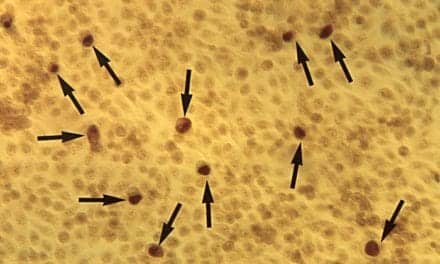After more than a year filled with surprises related to the spread of the Zika virus, it probably wasn’t surprising that FDA’s Center for Biologics Evaluation and Research (CBER) recently issued a revised guidance document to reduce the risk of Zika virus transmission through donated blood and blood components.1
Issued in August and marked “for immediate implementation,” the new guidance takes into account fresh findings about how the virus is spread, and supersedes agency recommendations from earlier in the year. The agency concludes that the risk of Zika virus transmission by blood transfusion is considered likely, and cites a number of studies to support key evidence:
- Zika virus infection is asymptomatic in approximately 80% of individuals, and may be transmitted sexually for an unknown duration of time, potentially for up to 6 months.
- When symptoms of Zika virus do develop in individuals, the presymptomatic period for infection varies from 3 to 12 days, during which viremia may occur.
- The viremia with Zika virus infection in non-pregnant individuals may produce up to 8.1 million copies per milliliter in serum, which typically lasts about 1–2 weeks, though duration of viremia may be longer. Whole blood appears to have longer periods of detectable viremia when compared to serum. Zika virus RNA has been detected in whole blood as late as 58 days after symptom onset.
- Zika virus RNA was found in asymptomatic blood donors during the French Polynesia outbreak in 2013–2014, and has been detected in 2016 in asymptomatic blood donors in Puerto Rico.
- There has been documented transfusion-transmission of other flaviviruses such as dengue virus, West Nile virus, and yellow fever vaccine virus, all of which have been shown to produce detectable viremia during asymptomatic and symptomatic infections.
- Probable transmission of Zika virus by blood transfusion has been reported.
“There is still much uncertainty regarding the nature and extent of Zika virus transmission,” says CBER Director Peter Marks, MD, PhD. “At this time, the recommendation for testing the entire blood supply will help ensure that safe blood is available for all individuals who might need transfusion.” As a guide for testing and pathogen reduction, the agency recommends the following:
- Test all donations collected in the United States and its territories with an investigational individual donor nucleic acid test for Zika virus under an investigational new drug application or, when available, a licensed test, or
- Implement pathogen reduction technology for platelets and plasma using an FDA-approved pathogen reduction device as specified in the instructions for use of the device. If an FDA-approved pathogen reduction device becomes available for whole blood or red blood cells, facilities may implement pathogen reduction technology for such products rather than testing the donations. Use of investigational pathogen reduction under an investigational device exemption may be permitted in situations where approved technologies are unavailable.
The recommendations apply to the collection of all whole blood and blood components in the United States and its territories. Blood establishments that collect whole blood and blood components in US states and territories with one or more reported locally acquired mosquito-borne cases of Zika virus (currently Florida and Puerto Rico) should implement the recommendations immediately. Establishments in Alabama, Arizona, California, Georgia, Hawaii, Louisiana, Mississippi, New Mexico, New York, South Carolina, and Texas are expected to implement the recommendations no later than 4 weeks after the guidance issue date. Other establishments should implement the recommendations no later than 12 weeks after the guidance issue date.
Steve Halasey
Chief Editor, CLP
[email protected]
(626) 219-0199
REFERENCE
- Revised recommendations for reducing the risk of Zika virus transmission by blood and blood components. Guidance for Industry. Silver Spring, Md: Center for Biologics Evaluation and Research, FDA, 2016. Available at: www.fda.gov/downloads/biologicsbloodvaccines/guidancecomplianceregulatoryinformation/guidances/blood/ucm518213.pdf. Accessed August 31, 2016.






